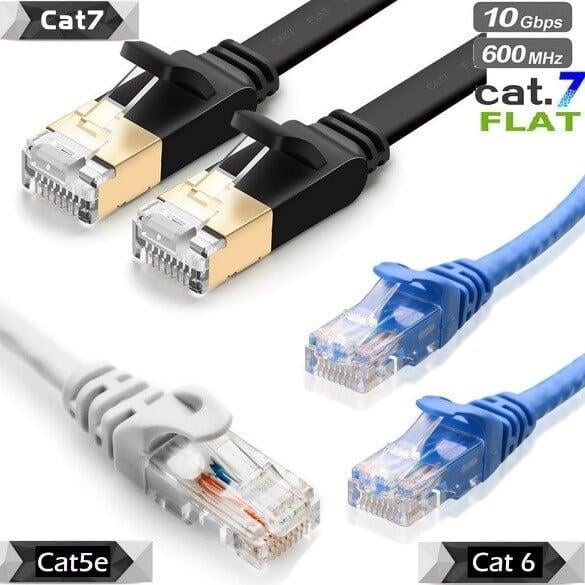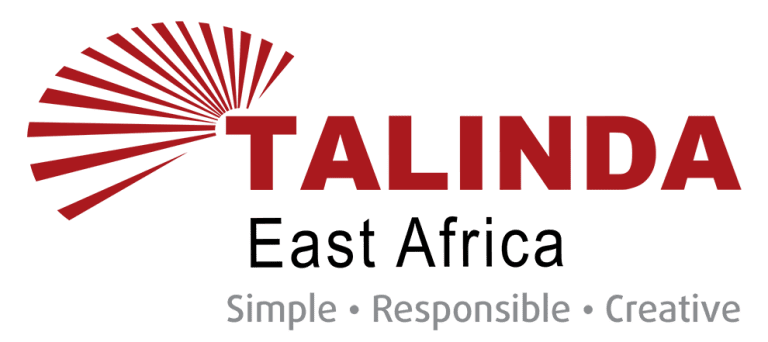Cable types and speeds
Properly selecting Cat5, Cat5e, Cat6, Cat6A, Cat7 or Cat7A solutions will optimally support current and future network speed requirements.
Cat5
- Supports speeds up to 100Mb/s (100 MHz)
- Cat5 - Cat5 cable is out dated. Do not install this.
Cat5e
- Cat5e supports speeds up to a Gigabit Ethernet (1,000Mb/s) (100 MHz)
- Cat5e - Cat5e cable is suitable for Gigabit speeds and networks that change frequently. If the network changes frequently or is temporary in nature, Cat5e may be the optimal selection.
Cat6
- Cat6 supports speeds up to 10 Gigabit Ethernet and can be achieved with distance of 37-55 meters or less depending on the grade of the cable and quality of installation. (1,000Mb/s) (250 MHz)
- Cat6 - Cat6 cable is optimal for extra margin and higher performance. Cat6 cable will support gigabit ethernet, but will only support 10 Gigabit Ethernet if the total length and loss is low enough. If a project requires a 10 Gigabit Ethernet connection, Cat6A or higher is recommended.
Cat6A
- Cat6A supports speeds up to 10 Gigabit Ethernet with distance up to 100 meters (10,000 Mb/s)(500 MHz)
- Cat6A - Cat6A cable will support speeds up to 10 Gigabit. If a project requires a single installation solution to support the facility and is intended to stand the test of time, Cat6A will protect the investment and serve as a reliable backbone for the company going into the future.
Cat7 & Cat7A
- Cat7 & Cat7A support speeds up to 10 Gigabit Ethernet with distance up to 100 meters (10,000 Mb/s)(1000 Mhz).
- Cat7 & Cat7A - Cat7 cable will support 10 Gigabit Ethernet with plenty of margin to spare. Cat7 has pair-sharing capability, making it possible to use one cable to power several different devices at the same time utilizing each pair as needed. For the best and most versatile infrastructure Cat7 provides the solution.


